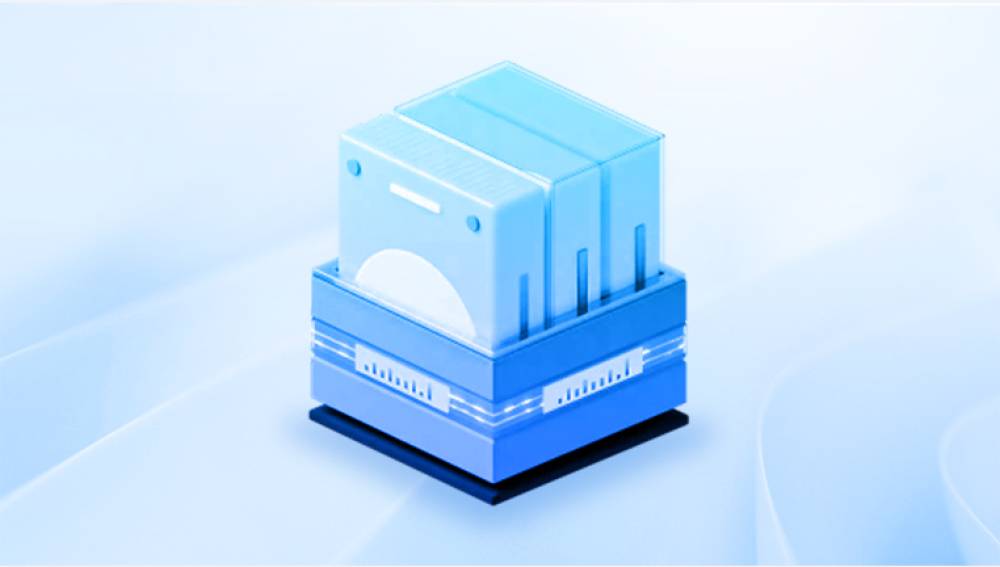When an external hard drive takes a fall and stops working, it can be a stressful situation. The damage from a drop can range from minor to severe, affecting both the physical components and the data integrity.
1. Initial Assessment
The first step is to assess the damage. Try to determine if the drive powers up, makes unusual noises, or is completely unresponsive. This will help in diagnosing the problem and deciding on the next steps.
2. Types of Damage
Physical Damage: Dropping a hard drive can cause internal damage to the platters, read/write heads, or other internal components. Physical damage might also affect the connectors or casing.

Logical Damage: Sometimes, the impact can cause file system corruption without causing physical damage. This means the drive might still be intact, but the data structure is compromised.
Troubleshooting Steps
1. Check the Connections
Ensure that the hard drive is properly connected to your computer. Sometimes, the issue might be as simple as a loose or damaged cable.
Try connecting the drive to a different USB port or another computer to rule out issues with the port or the computer.
2. Listen for Sounds
Normal Sounds: A slight spinning noise indicates that the drive is powering up. This is a good sign but does not guarantee that the drive is working properly.
Clicking Sounds: A repetitive clicking noise, often referred to as the “click of death,” suggests physical damage to the drive's internal components.
No Sounds: If the drive is completely silent, it might indicate a severe internal failure or power issue.
3. Check in Disk Management
On Windows, go to Disk Management to see if the drive is recognized. It may show up as an unallocated space or with an error.
On macOS, use Disk Utility to check if the drive is visible and if it can be repaired.
4. Run Diagnostic Tools
Use built-in or third-party diagnostic tools to check the drive's health. Tools like CrystalDiskInfo or HD Tune can provide insights into the drive's condition.
Data Recovery Options
1. Attempt DIY Recovery
File System Repair: Use tools like CHKDSK (Windows) or First Aid (macOS) to attempt repairs on file system errors.
Data Recovery Software: Tools like Recuva, EaseUS Data Recovery Wizard, or Disk Drill can help recover lost files if the drive is still accessible.
2. Professional Data Recovery Services
If DIY methods don’t work or the drive is physically damaged, professional help is usually necessary. Look for reputable data recovery services with good reviews and a track record of successful recoveries. These services have specialized equipment and expertise to handle severe damage.
3. Backup and Prevent Future Issues
Once you’ve recovered your data, ensure that you regularly back up important files to prevent future data loss. Use cloud storage or additional external drives to create redundant copies of your data.
Preventive Measures
1. Use Protective Cases
Invest in shock-resistant or padded cases for your external hard drives to minimize the risk of physical damage from drops or impacts.
2. Handle with Care
Always handle your hard drives gently. Avoid moving them while they are in use and place them on stable surfaces.
3. Regular Backups
Implement a robust backup strategy. Regularly back up your data to multiple locations, such as an external hard drive and cloud storage, to safeguard against data loss.
A dropped external hard drive can lead to a range of issues, from minor file system errors to severe physical damage. Assessing the situation carefully and taking appropriate steps for troubleshooting and data recovery can help mitigate the impact of the damage. If necessary, seeking professional data recovery services can be a crucial step in retrieving your important files. Always remember to implement preventive measures to protect your data and avoid similar issues in the future.




